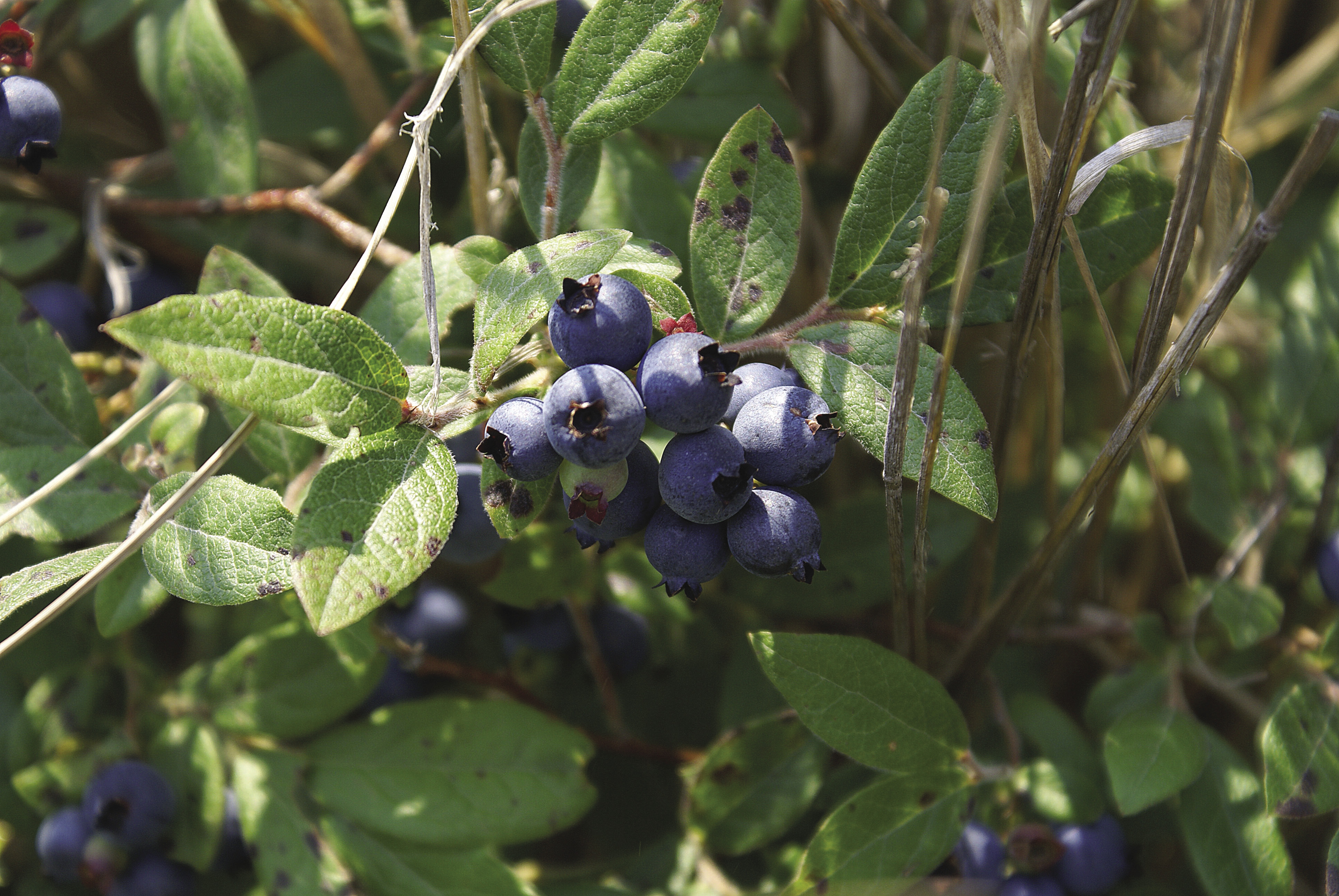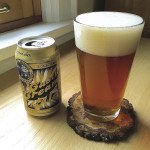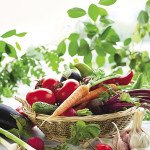Known in the past as the sparkleberry, cowberry, bilberry, and yes: a farkleberry; the blueberry is one of few fruits native to North America. Gathering blueberries was a common practice amongst Native Americans, where they were gathered and eaten fresh or used dried, to flavor soups and stews, and as a meat rub. The range of the wild blueberry is vast, stretching from as far north as the Arctic Circle, down here to Minnesota and across the northern United States. The blueberry belongs to the genus Vacinnium, typically represented as a low growing, woody shrub whose members also include the cranberry and the lingonberry. Vacinnium angustofolium, also called the lowbush blueberry, is what is commonly referred to when talking of the wild variety.
The lowbush blueberry is extremely cold tolerant, grows to approximately a foot or two in height, and presents with a smaller version of what we see in our grocery stores. Yet out in the wild blueberry fields, most of us see a wide variety of color, size and height. This is because there are over 400 varieties of wild blueberries. Sparkleberry, cowberry and farkleberry were all names once attributed to different varieties of blueberries. Cultivation of the blueberry began in the early 1900’s with collaboration from Elizabeth Coleman White and Frederick Coville of the USDA-ARS breeding program. White offered those who owned land full of wild blueberry plants cash for plants with an odd supply of large fruit. Selective breeding led to the highbush blueberry, which we see in cultivation today. The United States and Canada are still the largest producers and consumers of the blueberry, yet the last few decades have seen a rise in interest and cultivation in New Zealand, Chile and Japan. Although Hammonton, New Jersey boasts the title “Blueberry Capitol of the World,” Washington State is the largest producer of blueberries.
Native Americans used all parts of the blueberry plant. A tea made from the leaves was known to be good for the blood and the juice was used to help treat coughs. During the Civil War, a beverage made from blueberries was given to soldiers to improve health. Today, studies are showing us the science behind what was very well known in the past: blueberries are good for us!
Blueberry Rhubarb Crisp
Filling:
2 tablespoons all-purpose flour
1/3 cup sugar
2 cups fresh rhubarb cut in ½-inch pieces
2 cups blueberries
1 teaspoon vanilla extract
Topping:
3/4 cup all-purpose flour
1/2 cup sugar
1/4 cup brown sugar
3/4 cup cold butter, cut into small pieces
1/3 cup shelled pistachios, finely chopped
Grease an 8 X 10 baking dish and preheat oven to 375 degrees Fahrenheit. For the filling, mix flour and sugar together, then stir in rhubarb and blueberries until coated. Add vanilla extract, mix, and spoon into baking dish.
For the topping, mix flour and sugar. Add butter and blend with a pastry blender until mixture becomes coarse. Stir in pistachios. Crumble topping over the filling and bake for 45-50 minutes, until bubbly and golden on top.
Blueberry Cornbread
1 cup cornmeal
1 cup flour
2 teaspoon baking powder
1/2 teaspoon baking soda
1/2 teaspoon salt
1 cup plain yogurt
1 egg
1/4 cup honey
1 1/2 cup fresh blueberries
3 tablespoons butter, melted
Preheat oven to 350 degrees Fahrenheit. Grease an 8 X 10 baking dish. Combine dry ingredients in a medium bowl. Combine wet ingredients separately. Stir wet ingredients in with the dry, add blueberries. Mix until just combined. Spread into prepared baking dish and bake for 20 minutes, or until center is firm to the touch.
Blueberry-Basil Vinegar
4 cups blueberries
4 cups vinegar, preferably white wine, or any organic white vinegar
1 cup basil leaves, crushed
Zest of 1 lemon
Combine blueberries and 1 cup of vinegar in a large glass bowl. Gently mash blueberries with a potato masher. Add remaining 3 cups of vinegar, crushed basil and lemon zest. Cover tightly with plastic wrap and let sit in a cool, dark place for a month. Stir every 2-3 days. Taste weekly until desired taste is achieved.
At this point, you can strain your vinegar through cheesecloth, discarding all remaining pulp, then store in jars in your refrigerator. Canning this vinegar is preferred.
Prepare canning pot, jars and lids. After straining, place vinegar in a saucepan and heat to 180 degrees Fahrenheit over medium heat. Ladle hot vinegar into hot jars, leaving 1/4 inch headspace. Screw on lids to just tight, place in canner ensuring that all jars are covered with water. Bring to a boil and process for 10 minutes. Remove heat and let sit for 5 minutes. Remove jars from canner, cool and store. Makes 5 8-ounce jars.
Blueberry-Basil Dressing
1 clove garlic, crushed and minced
1 tablespoon fresh basil, chopped
2 tablespoon blueberry-Basil Vinegar
2 tablespoons olive oil
1 teaspoon Dijon mustard
1 teaspoon sugar
Zest of half a lemon
Blend in a food processor, or simply shake in a salad dressing jar.





